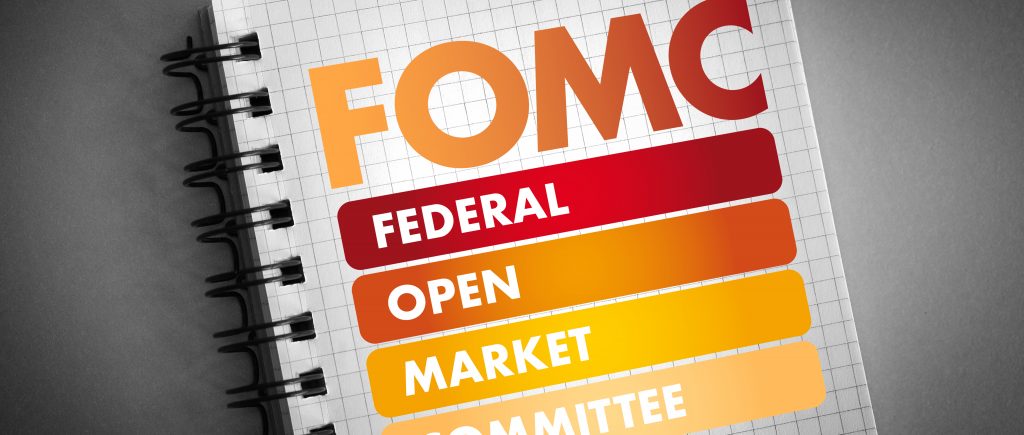The minutes of the Fed’s June meeting were made public, and they contained a plethora of signals that the markets interpreted differently with regard to the factors influencing the federal rate’s future trajectory.
“Most monetary policymakers in the meeting of the Central Bank’s Board of Governors on June 11 and 12 last see that economic growth is declining,” according to the Fed meeting minutes released on Wednesday. This indicates that further decline in demand could result in higher unemployment rates compared to the previous few months.
The minutes also showed that while some monetary policymakers thought that the central bank should be “ready to take all necessary actions for any unexpected economic weakness,” others thought that the existing monetary policy was “tightening.”
“Interest rates may need to be raised if inflation continues to rise to higher levels,” FOMC minutes said. Over the previous several months, policymakers also observed “more moderate progress” in the US inflation rate’s decline and its trajectory towards the central bank’s target of 2.00%.
Ample evidence from consumer prices.
The Federal Open Market Committee is persuaded that the US consumer price index readings from May showed progress towards reducing inflation while accomplishing the central bank’s objective, according to the minutes.
Several monetary policymakers also proposed that recent changes in the US labour and product markets provide evidence for their belief that inflationary pressures are abating.
Official interest rate forecasts changed to predict a rate cut only once until the end of this year, but the Fed maintained the same economic estimates at last June’s meeting compared to previous estimates.
A small percentage of participants in June’s FOMC meeting, according to the minutes, thought that “wage growth, although it remains at levels inconsistent with price stability, has declined somewhat and significantly in sectors that employ large numbers of persons.”
Others noticed that there had been reports in the media recently about price reductions and special offers made by retail establishments, emphasizing that “sources within companies indicated that the difficulty these companies were facing in recruiting and retaining workers had decreased significantly.”
According to the minutes, “some monetary policymakers suggested that a decline in inflation in service prices may be achieved by sustainably reducing inflation to the central bank’s target of 2.00%, while some of them observed that house price inflation is still moving noticeably slowly in the direction until the present.”
Equilibrium of US labour market
“When considering the recent employment data, some monetary policymakers noted that although the high rate of job growth remains strong, the current improvement is consistent with the balance required to be available in the labour market greater than it was previously due to immigration”.
Some monetary policymakers also stated that while threats to the twofold mandate of the FOMC are more balanced, “labour market conditions still need to be closely monitored.”
However, a few officials voiced their worries about the central bank’s inflation target not being met, listing several potential causes they thought might support price increases.
A significant degree of uncertainty about the scope of the Fed’s current monetary policy’s “quantitative tightening” was also disclosed by several meeting participants.
There have been suggestions that investors comprehend the monetary policy approach taken by the Federal Open Market Committee in the recent past based on how the market responded to economic data.
Market Reactions
In response to the Fed meeting outcomes, the financial markets showed mixed reactions. The US dollar continued its downward trend versus a basket of key currencies, which it had started on Wednesday morning.
The Dow Jones Industrial Average lost roughly 55 points, or 0.2%, to close at 39,308 points. However, the Standard & Poor’s 500 gained roughly 13 points, or 0.3%, to reach 5,537 points. After gaining roughly 83 points, or 0.5%, the Nasdaq Heavy Technology Industries index also increased, reaching 18,188 points.
The yield on US Treasury bonds with a ten-year maturity dropped to 4.364% from the previous day’s finish of 4.437%. On this trading day, returns reached their lowest level at 4.448%, which is higher than the lowest level ever observed at 4.341%.

 Noor Trends News, Technical Analysis, Educational Tools and Recommendations
Noor Trends News, Technical Analysis, Educational Tools and Recommendations




